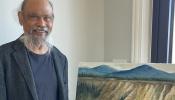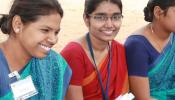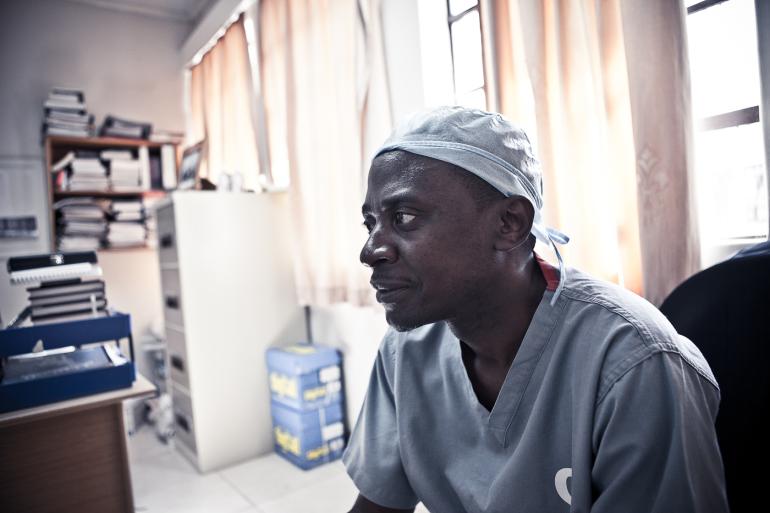
Dr. Gerald Msukwa ©Paolo Patruno paolopatrunophoto.org
Dr. Gerald, how did you come to be an ophthalmologist? Well, originally when I was studying, I wanted to be a neurosurgeon. But on my first round of rotations I was placed in dermatology and after two days I realized I didn’t like it, next I tried radiology and again after two days I didn’t like it until finally, I started my rotation in ophthalmology. Immediately I liked the people and how passionate everyone was about what they did. I also really like the technology aspect of ophthalmology. This made we want to be an ophthalmologist.
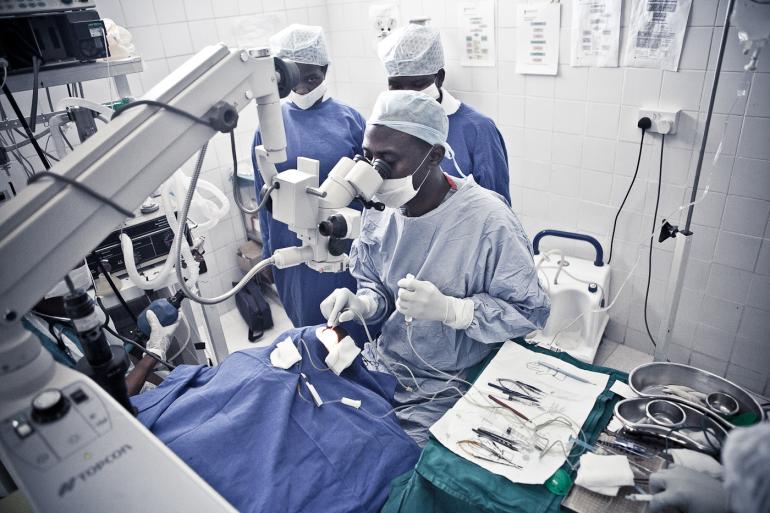
Dr. Msukwa operates on a child ©Paolo Patruno paolopatrunophoto.org
How did you come to be a pediatric ophthalmologist? When I was first starting out, I had the opportunity to do research in blind schools. From the research we did, we found that most of the children in these schools would never have been blind if they had been treated early enough, and this motivated me to go back to school and study pediatric ophthalmology.
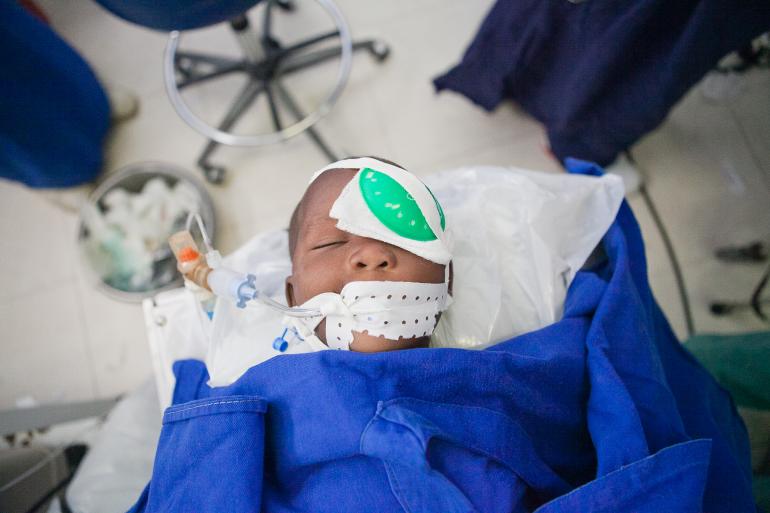
After surgery ©Paolo Patruno paolopatrunophoto.org
What does the burden of blindness look like in Malawi? Children who are blind don’t go to school. They have no opportunities, no future. For most children who are born with cataracts, their families are too poor to send them to a blind school and having a blind child is hard on the family because that child cannot help the family earn money.
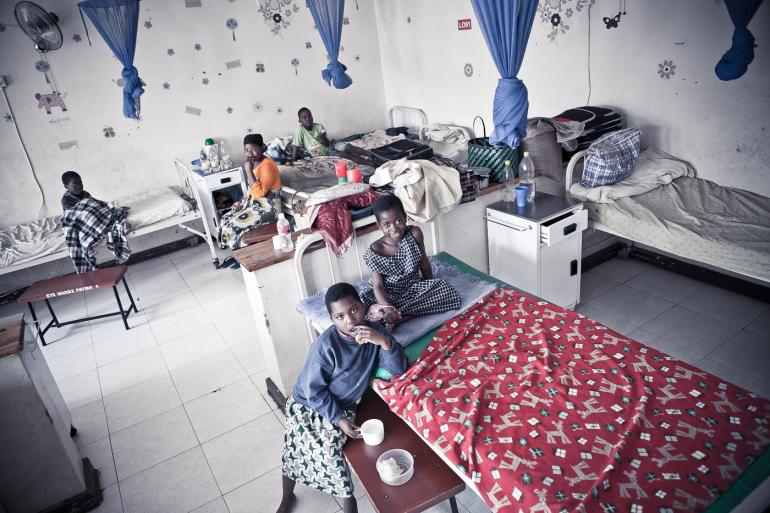
Children wait in the recovery room ©Paolo Patruno paolopatrunophoto.org
How do you reach people who are in need of eye care but face barriers to access? To find children, we used to look in blind schools, but that was the wrong approach. Because the children in those schools could no longer be helped, it was too late for them.
Now, we choose a remote area and we train local volunteers to write down all the children and adults with eye problems in that community. Then we send a representative from the hospital. This person brings glasses and medicine and can treat some people on the spot. For the people that need surgery, they refer them to the hospital and we pay for their transport if they cannot afford it themselves.
Another way is to establish a Community Eye Centre, which acts like the representative but is a permanent clinic in rural communities.
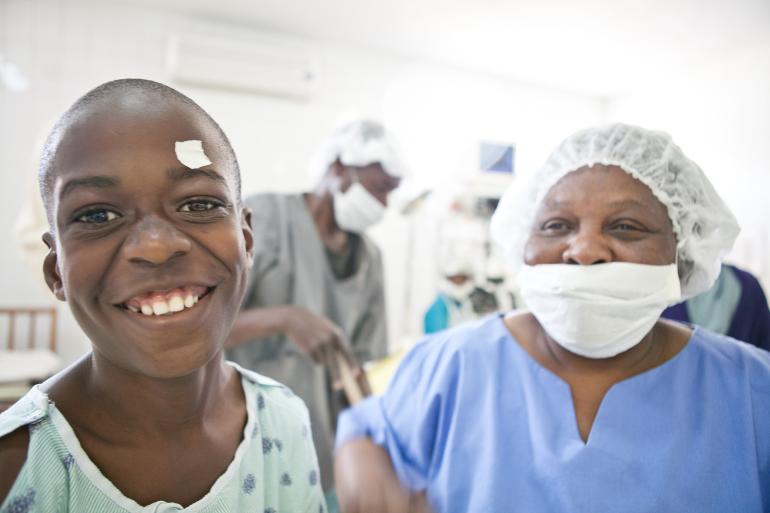
©Paolo Patruno paolopatrunophoto.org
What are some of the challenges with treating children? Children need a lot of follow-ups. For adults, you can do a surgery and that is it, they can see again. But children, especially children who have congenital cataracts (born with cataracts), their eyes need to be taught how to see. They need glasses and follow-up care until they are adults and their eyes stop growing. If you cannot follow-up with a child it is like you never did the surgery because their vision stays so bad.
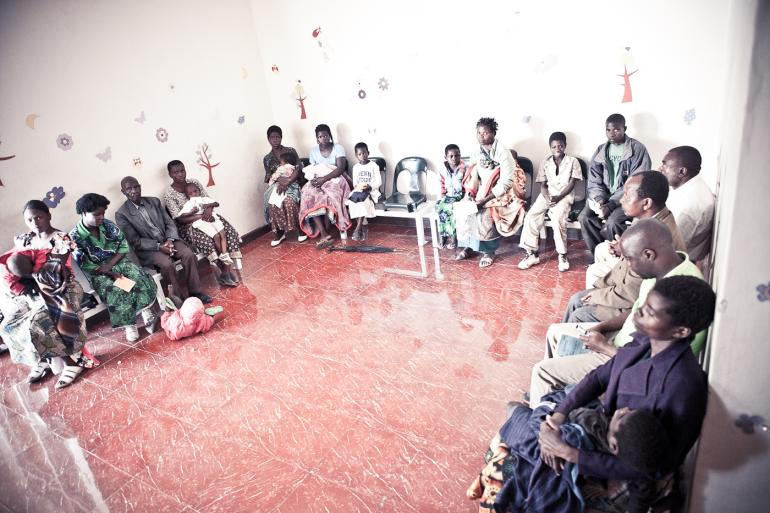
Mothers and children in the waiting room ©Paolo Patruno paolopatrunophoto.org
What are some of the ways you follow-up with children? We just started a new system. Even in the most remote villages, someone has a mobile phone. So we take down that number and send a notification to them when the child needs to come in for follow-up. If they do not come in, the system lets us know so then we send someone to their home to get them.
Before this system only 10% of children followed-up. Now 80-85% come back. We also pay for transport for the child and mother and reduce the amount of time they have to be in the hospital so it is less of a burden on the family.
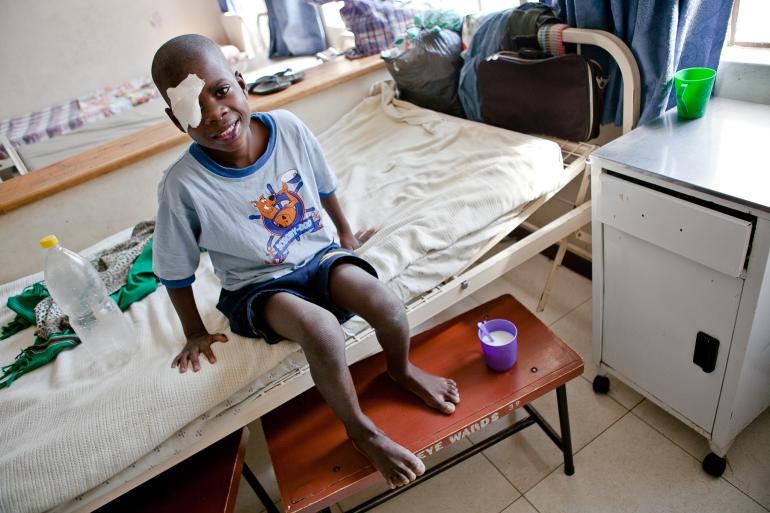
©Paolo Patruno paolopatrunophoto.org
What is your favourite patient story? I have two. The first is of a lady, she is now 20 years old and she had been blind since she was 8. She never went to school and is now trapped in a bad marriage. We weren’t sure we could help her but since her vision couldn’t get worse she agreed because she had nothing to lose. When she opened her eyes after surgery and saw her children for the first time, she was amazed and so happy. And when she saw her husband she turned to us and said, “I had no idea my husband was so ugly!”
The second story is of a girl who was 14. She had been blind since she was 5. When she opened her eyes she went straight to the mirror, and like any 14-year-old girl turned to us and said, “I think I need a haircut!”
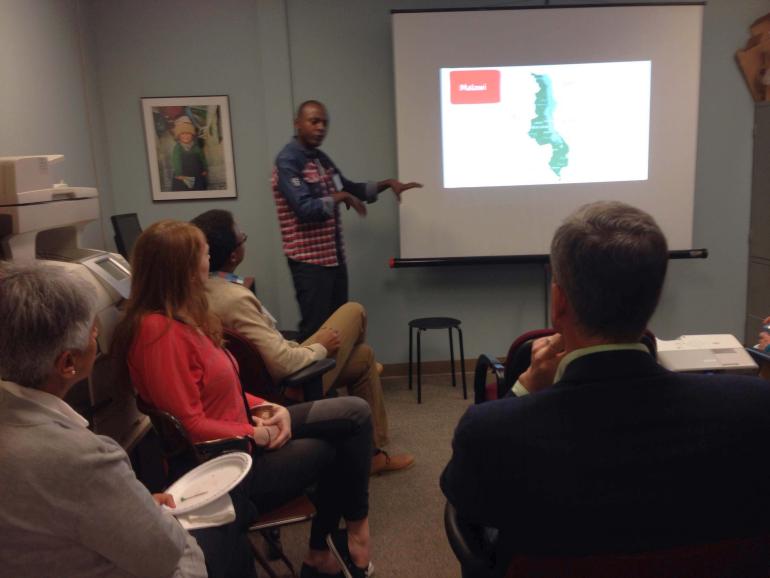
Dr. Gerald Msukwa presents at a lunch and learn to monthly donors in the Seva Canada office, April 2016.
Help someone get a fresh start this spring. Give today.
